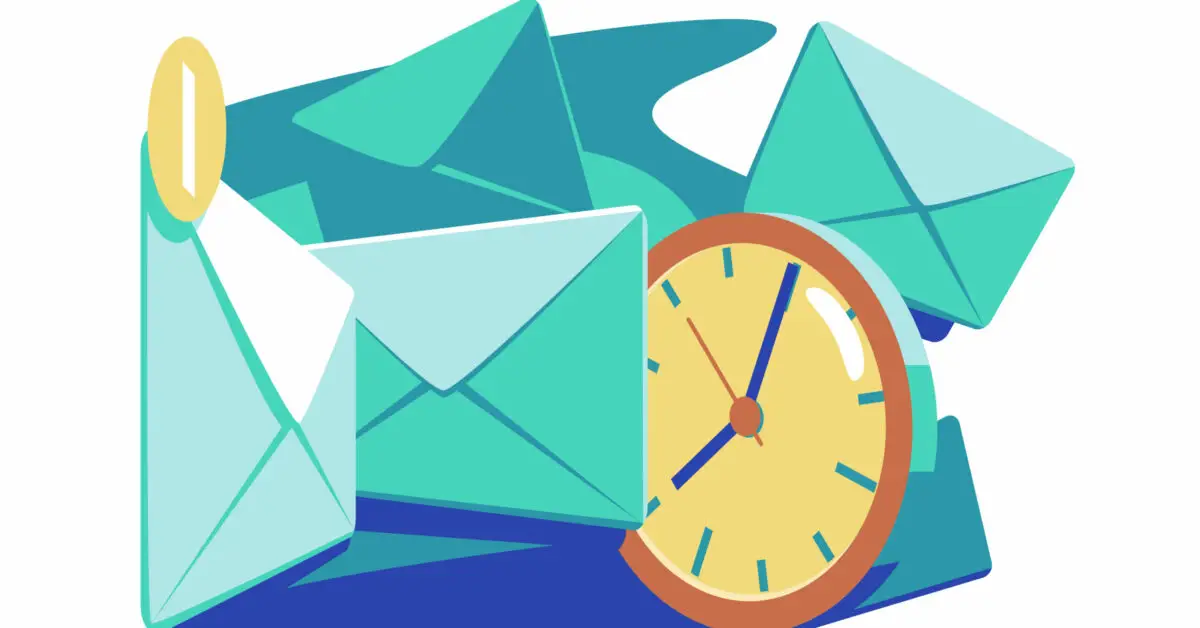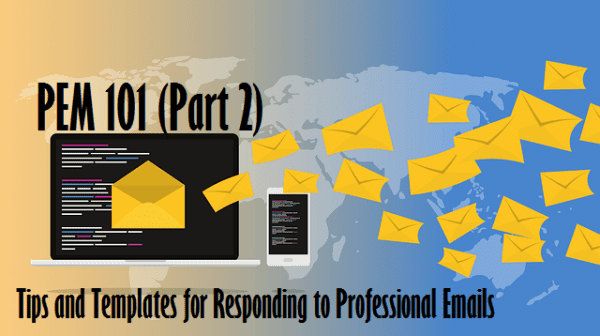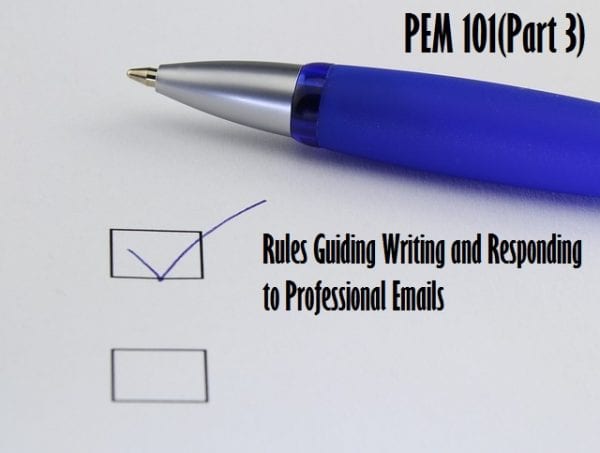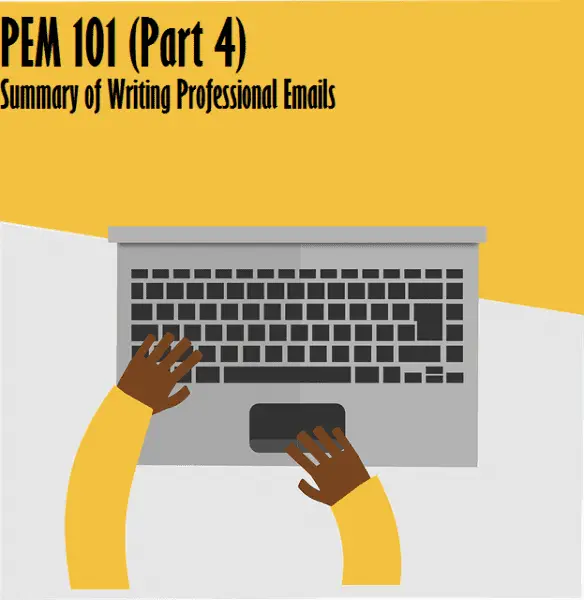A CNBC report showed that the average person spent an average of 352 minutes checking email in 2017 and 360 minutes in 2018. Over time these numbers will only increase. The more digitalized we become, the more time we’ll spend on our devices, checking emails, attending meetings, etcetera. This is why it’s important to make sure your time is well optimized and you apply more effective methods to manage your email productivity.
One of the biggest problems we face is managing what seems like never-ending work with what’s never enough time. This is why we’re always seeking ways to make our tasks and operations more organized and better optimized for productivity.
Managing email productivity is directly simultaneous with managing time. Email is an ongoing mode of communication, there are no breaks, no offline periods, no off-hours, etc. Which is one of the main reasons why optimizing email productivity should not be overlooked.
In this article, we’re going to discuss the best methods to manage your email to increase productivity and make working with emails easier.
Ways to Improve Email Productivity
- Turn Off Email Notifications:
If you work with emails and your replies are time-sensitive, you may want to ignore this advice. But if you don’t, this is one of the best methods to get the best out of your emails. Notification affects your email productivity as it causes you to stop whatever you’re doing to respond or at least check the email.
Reconnecting after an interruption is difficult especially while working. This is why while it sounds counterproductive to email productivity, turning off notifications helps you give the desired attention to your emails whenever you decide to check them.
You should make it a point to tell your colleagues to send you a text or call you if there’s an important email that needs urgent attention. This way, your email productivity is better optimized and nothing slips through the crack.
- Use an Email Signature to Improve Email Productivity
If you send a lot of emails, having to include, “Best Regards” and your name in EVERY email can be tiring and time-consuming.
Having a signature saves you from this stress, so, all you have to do is write your reply and the signature is automatically included in the email you’re about to send.
Signatures are important when writing emails professionally.
- Templates and Canned responses can improve productivity.
If you send out 100s of emails weekly, you may discover that most of the responses are entirely similar. Creating a template or canned response can save you hours and increase your email productivity. This way you don’t have to write out the same reply whenever the need to reply to similar emails arise.
With templates, your email productivity increases as your response time becomes shorter and all you need to do before hitting send and editing a word or two if necessary.
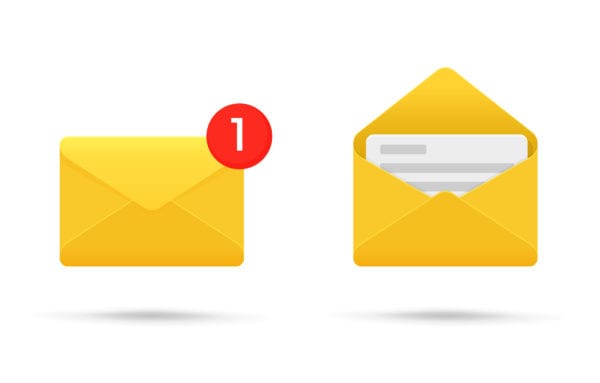
- Unsubscribe and Clear the Clutter
We subscribe to newsletters and other email marketing messages in hopes to follow up with brands and businesses we’re interested in. But in reality, a lot of these emails go unopened and can quickly pile up.
If you haven’t read a newsletter in a while, it’s best to unsubscribe from the mailing list. It’s completely unproductive to keep deleting each of these emails or getting notifications when you know you’re not going to end up reading it. In unsubscribing from the mailing list, you increase your email productivity and reduce the risk of missing important emails. Keep only the newsletters you read regularly.
- Delegate tasks to increase email productivity
If you have a large team working with you, you may want to consider delegating emails to them. If all emails come through you, you should automate your process so certain emails completely miss you and go straight to other members of your team.
That way, you’re left with the most important emails to respond to.
Also, if you get an email you feel a member of your team can respond to, to maximize your email productivity, you can simply forward these emails to members of your team and have them handle it (do not forget to inform them beforehand that you’ll be forwarding emails to them).
- Categorize your emails.
To take email productivity up a notch, your emails should be categorized according to the time it’ll take to respond to them.
From Short replies to emails that require you to complete a task before sending a reply.
This way, you’re able to tell which emails you need to answer immediately or the ones you have to set a reminder in your calendar to attend to.
- Learn to Write Short Replies
There’s a misconception that emails need to belong, “It’s an email, not a text”. This is inaccurate. When maximizing email productivity, you need to discern which emails need a word reply, a phrase or a single sentence. Do not belabour the obvious in your email in a bid to make it long, this is completely unnecessary reduces your email productivity.
Know which emails deserve long answers, don’t deserve answers at all, and the ones that deserve just one word as answers. After all, it’s an email, not an essay.
- Send Emails only when necessary.
Most times we receive emails and think, “this could have been a text”. Before sending an email, ask yourself if that email could easily be a text. And if the answer to that question I yes, you should opt-in for a text every time. This is unless you’re part of an organization that requires official communication. If not, improve your email productivity by sending fewer emails.
When optimizing for email productivity, the fewer emails you send, the fewer you receive.
- Set specific times to check your emails.
We’ve been conditioned to think of emails like text messages that we need to open or respond to immediately they come.
Sending emails is work! Unless your job is a customer service representative and you handle all email enquiries, to increase email productivity, you should check your emails at specific times.
The best times to check email if you’re working in a company is late morning and just before you leave the office. If you check your emails late morning, you would have handled other more important tasks before opening your email to handle other people’s. By checking your email before you leave the office, you increase your email productivity by ensuring you don’t miss anything at the close of office hours.
The worst times to check your email are first thing in the morning and right before bed.
- Employ autoresponders
If you’re going to be away for some time, it’s standard email practice that you share this information with whoever’s mailing you, and sharing information about what they should do.
This way whenever you get back from your responding to emails, you don’t meet 100s of unattended emails and angry clients or customers.
Read this article for everything you need to know about autoresponders.
Conclusion
Improving email productivity can do a world of good for you. You’re able to optimize your work process, better manage your time and get more things done faster. This article offers guides that if followed properly, would increase your email productivity and make you a better “emailer”.

